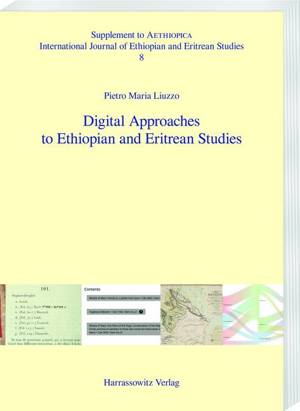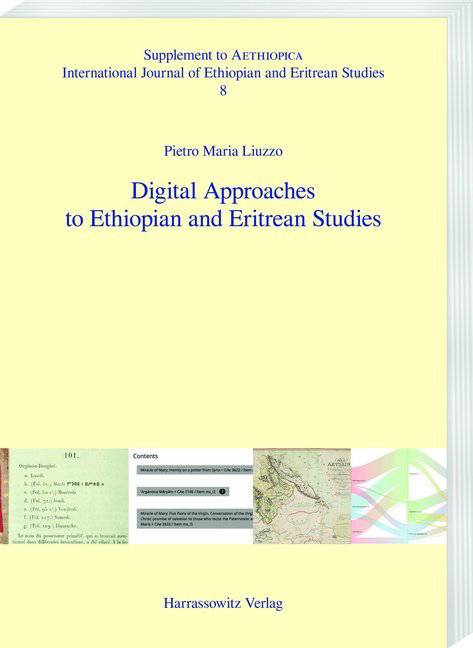
- Afhalen na 1 uur in een winkel met voorraad
- Gratis thuislevering in België vanaf € 30
- Ruim aanbod met 7 miljoen producten
- Afhalen na 1 uur in een winkel met voorraad
- Gratis thuislevering in België vanaf € 30
- Ruim aanbod met 7 miljoen producten
Zoeken
Omschrijving
What can be done with data about the manuscript tradition of Eritrea and Ethiopia using Text Encoding Initiative and Linked Open Data? In Digital Approaches to Ethiopian and Eritrean Studies Pietro Maria Liuzzo discusses with practical examples, for the scholars of this field with little or no digital competences, how to exploit openly accessible data in the Web, based on the experience of the Beta maṣāḥǝft (2016-) and TraCES (2014-2019) projects based at Universitat Hamburg. Each chapter of the book focuses on specific aspects related to different types of written artefacts, to look into features of codicology, literary tradition, distribution in space, and historical geography. Lexicographic resources are also discussed and exploratory queries are presented and commented in order to provide the reader not only with results but with the means to reproduce these examples on the same or on other datasets. Special attention is given to ways in which openly accessible and collaboratively edited data pertaining to the manuscript traditions of Ethiopia and Eritrea can be used by researchers in connection with other openly available datasets. This book aims at rising curiosity for the use of TEI and LOD among specialists in Ethiopian and Eritrean Studies, but also provides scholars in Digital Humanities with discussions of the principles driving the choices made for the digital products of the Hiob Ludolf Centre for Ethiopian Studies.
Specificaties
Betrokkenen
- Auteur(s):
- Uitgeverij:
Inhoud
- Aantal bladzijden:
- 280
- Taal:
- Engels
- Reeks:
- Reeksnummer:
- nr. 8
Eigenschappen
- Productcode (EAN):
- 9783447112918
- Verschijningsdatum:
- 9/10/2019
- Uitvoering:
- Paperback
- Formaat:
- Trade paperback (VS)
- Afmetingen:
- 172 mm x 245 mm
- Gewicht:
- 693 g

Alleen bij Standaard Boekhandel
+ 264 punten op je klantenkaart van Standaard Boekhandel
Beoordelingen
We publiceren alleen reviews die voldoen aan de voorwaarden voor reviews. Bekijk onze voorwaarden voor reviews.








